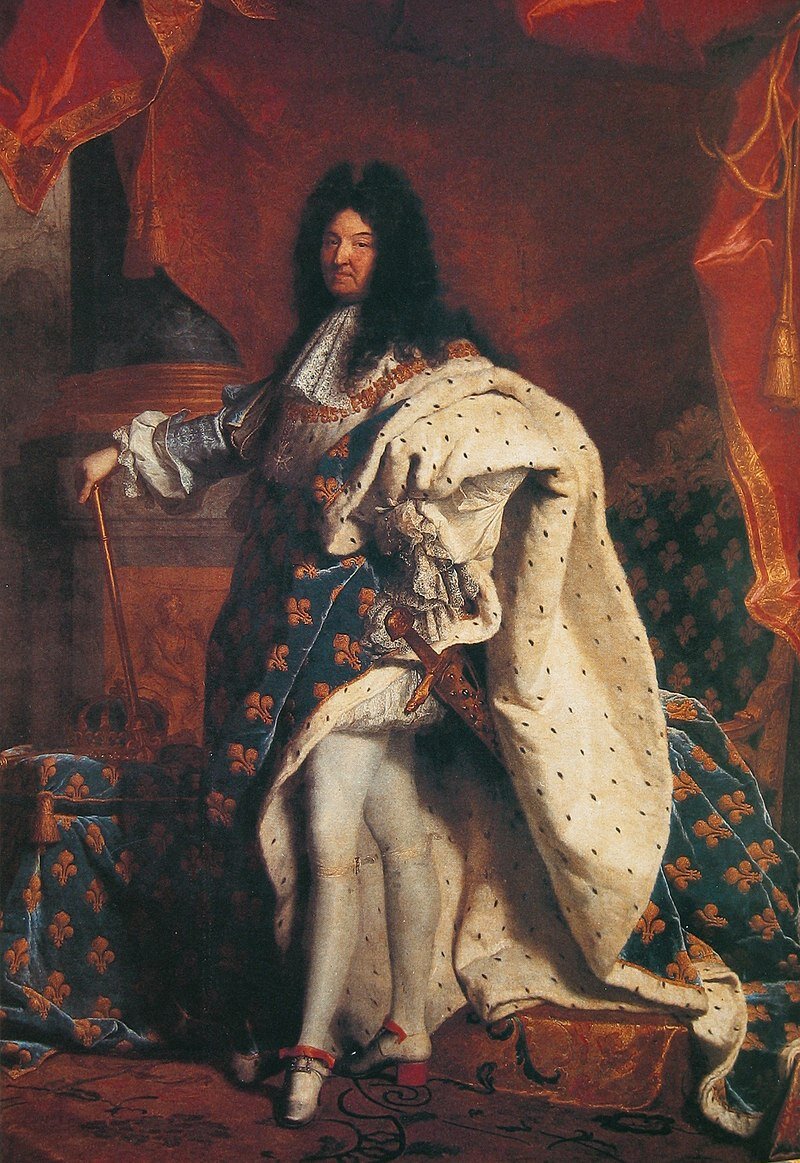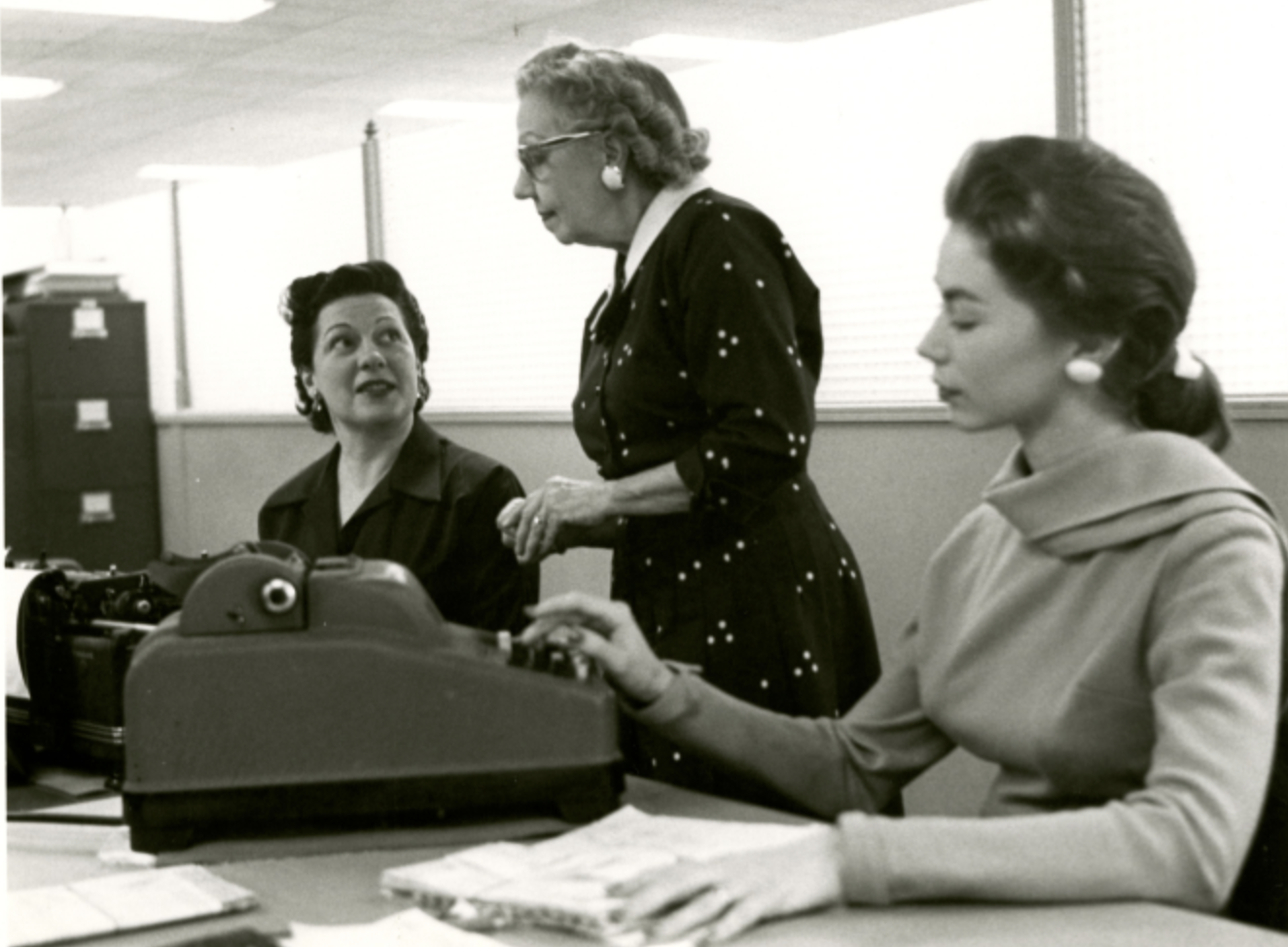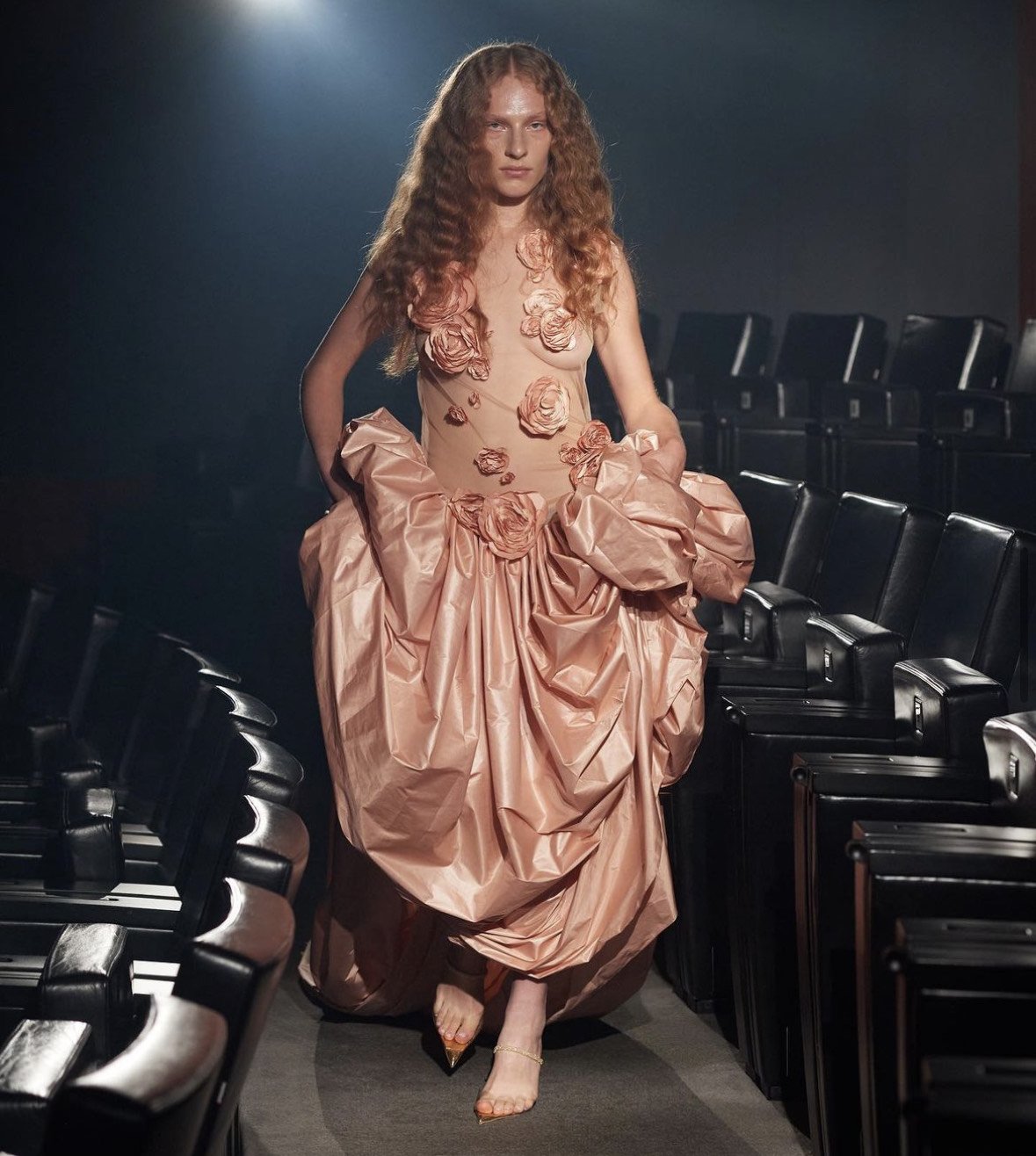The History Of High Heels May Surprise You
Ah, heels, you either love them or you hate them. Considered necessary torture devices by many, the high heel is associated with femininity and in many people’s eyes, sexuality. Growing up, many young girls wish they could strut around in their mother’s high heels, often doing so in shoes many sizes too big for them. When they walk past a shoe store on the high street they may be mesmerised by the several-inch tall stilettos and think ‘I’ll buy those when I’m a grown-up!’. Fast forward several years and you very quickly learn that heels can be sole-crushingly painful to wear. Of course, not all pairs of heels will inflict pain, but if you wear the wrong size or style for the occasion you might regret your decision. However, we often muddle on through the suffering because heels are fashionable and they can really bring an outfit together. In the 21st century, high heels seem to be mostly a women’s plight, being mandatory in many corporate jobs. The history of the heel, however, may surprise you, for heels have not historically been a women’s shoe.
Heels have had a long history, dating back as far as 10th century Iran. First worn by the Persian cavalry, our earliest examples of heels were boots that aided in keeping feet in their stirrups whilst riding horseback. Somewhat similar to modern cowboy boots you could say! Before we entered the industrial age, owning horses was a sign of wealth, thus owning those early heels was also an indicator of wealth, a theme that would continue for many centuries. Due to the silk road and similar trade routes, Iran and Europe had a thriving trade relationship and by the 16th century, high heels had made their way to the mainland.
The Persian style heels for horseback riding were not the only form of heels seen before the 16th century though, as, with much of historical fashion, it is hard to claim that one singular thing was the original. According to history, one Pope in the 11th century, not long after the Great Schism, wore red heeled shoes. A statue from 12th century India in the Ramappa Temple depicts a woman wearing shoes with a notable rise. There were also medieval chopines, a form of a shoe with a platform that allowed you to walk at a high level, thus not allowing your dress to fall into the excrement that tended to cover the streets. These would often be worn over your usual shoes, and the use of platform shoes can be traced as far back as ancient Greece. So, we can’t really tell, unless we create a time machine, where heels were truly invented. Perhaps many people just had similar ideas! We do though, have a good understanding of heels from the 16th century onwards.
Portrait of King Louis XIV in high heels, Hyacinth Rigaud 1701.
When heels, in the way we recognise them today, arrived in Europe they were considered a man’s shoe. They were worn by men as a way to symbolise their wealth and status, after all, they weren’t always the most practical. Men have always liked to compare sizes (so to speak), and the aristocrats would wear heels of increasing height to prove their manhood against their peers. It was simple, the richer you were the higher the heel. One of the most famous wearers of heels from that era was King Louis XIV of France, who during the 17th century, had his heels made from extravagant fabrics like velvet, making sure they were visible in countless portraits. He became a tad obsessed with this and would apparently ban any man in the court who was not wearing heels.
Of course, when a member of royalty becomes infatuated with a specific piece of fashion, the court seeks to replicate it, and then so do the general public, women included. As with many things in life, the men made sure that women couldn’t wear heels in the same way that they did. As time progressed men’s heels became wider and sturdier, meanwhile, women’s heels became thinner, obviously representing female ‘fragility’.
By the late 18th century and the French Revolution, heels were beginning to fall out of favour with many, as they had been so closely associated with royalty, thus heel heights lessened and many simply wore flat shoes. Extravagant clothing like the 18th century had seen, was now a thing of the past and this idea spread across the rest of Europe. The French have always been trendsetters. During the 19th century, the idea of heels came back into popularity however this time it was only for women. In an interview for the She Files, Elizabeth Semmelhack, senior curator of the Bata Shoe Museum, notes that “heels were becoming suspect for men as Enlightenment concepts of male ‘rationality’ posited that… ‘irrational’ things such as high heels were better left to women”. This is when heels began to be associated with sexuality, being used in erotic photographs of the time period as they aided in defining legs. During the second half of the 19th century, due to the invention of the sewing machine around the 1850s, heeled shoes became easier to get hold of, aiding in their soaring popularity. Shoes with a slight raise were common for men, much like how it is hard to find completely flat shoes these days that aren’t sneakers, but the height of a women’s shoe was significantly taller and thinner.
After the first world war and shortages of materials, women’s heels started to be made from materials like cork and wood and as technology allowed for greater global communication, these heels spread around the world. In a post-war world, thick-soled boots came to represent militarism and masculinity whilst heels began to symbolise professionalism for many women, themes that are still commonplace today. From this point to today, heels are as popular as ever, with the styles changing every now and then. The infamous stiletto was introduced during the 1950s and became a staple in women’s wardrobes who wished to replicate the styles of the Old Hollywood stars like Marilyn Monroe. Blocky and platform heels would become more prominent in the late 20th-century, and today people favour a whole host of styles.
The 21st century is seeing great changes in the way we view the relationship between gender and fashion and while heels are still seen by many as a ladies ‘thing’, we are slowly beginning to see this change. While heels had their resurgence amongst men during the 70s with disco fever, they didn’t stick around. If heels were seen as the epitome of masculinity for so much of history, why can’t they now?










